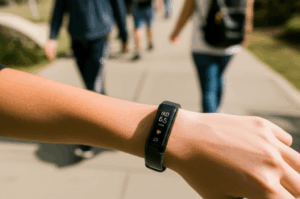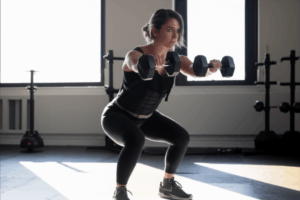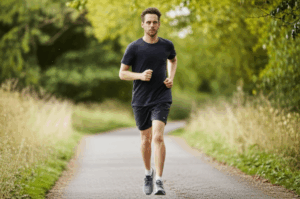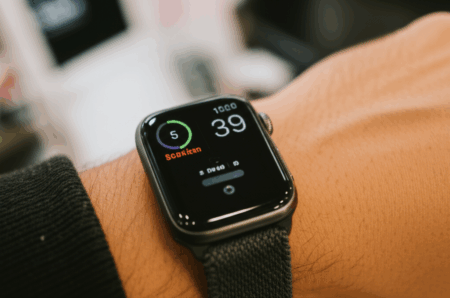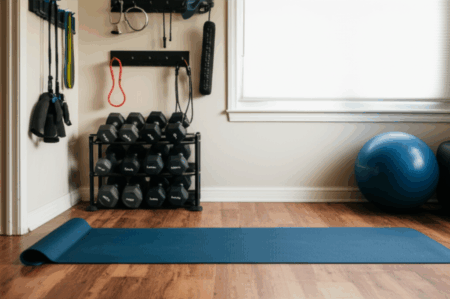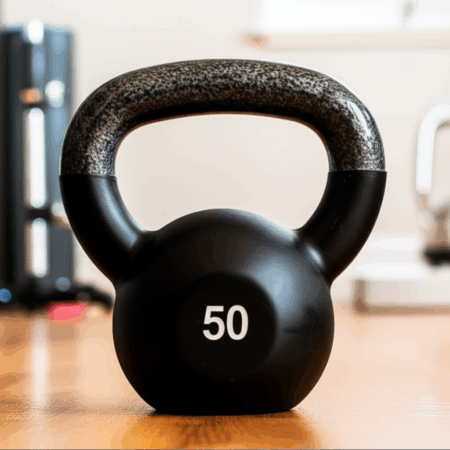The fitness landscape is constantly evolving, with new trends and tools emerging that promise enhanced results. Among these, the weighted vest has seen a resurgence in popularity, with claims ranging from improved posture to significant gains in bone and muscle strength. But in an era of quick fixes and viral fads, it’s crucial to fact-check whether these wearable weights truly deliver on their promises for skeletal and muscular health.
The science largely supports the strategic use of weighted vests as an effective tool for both bone density and muscle development, particularly when integrated into appropriate exercise routines and with careful consideration for safety.
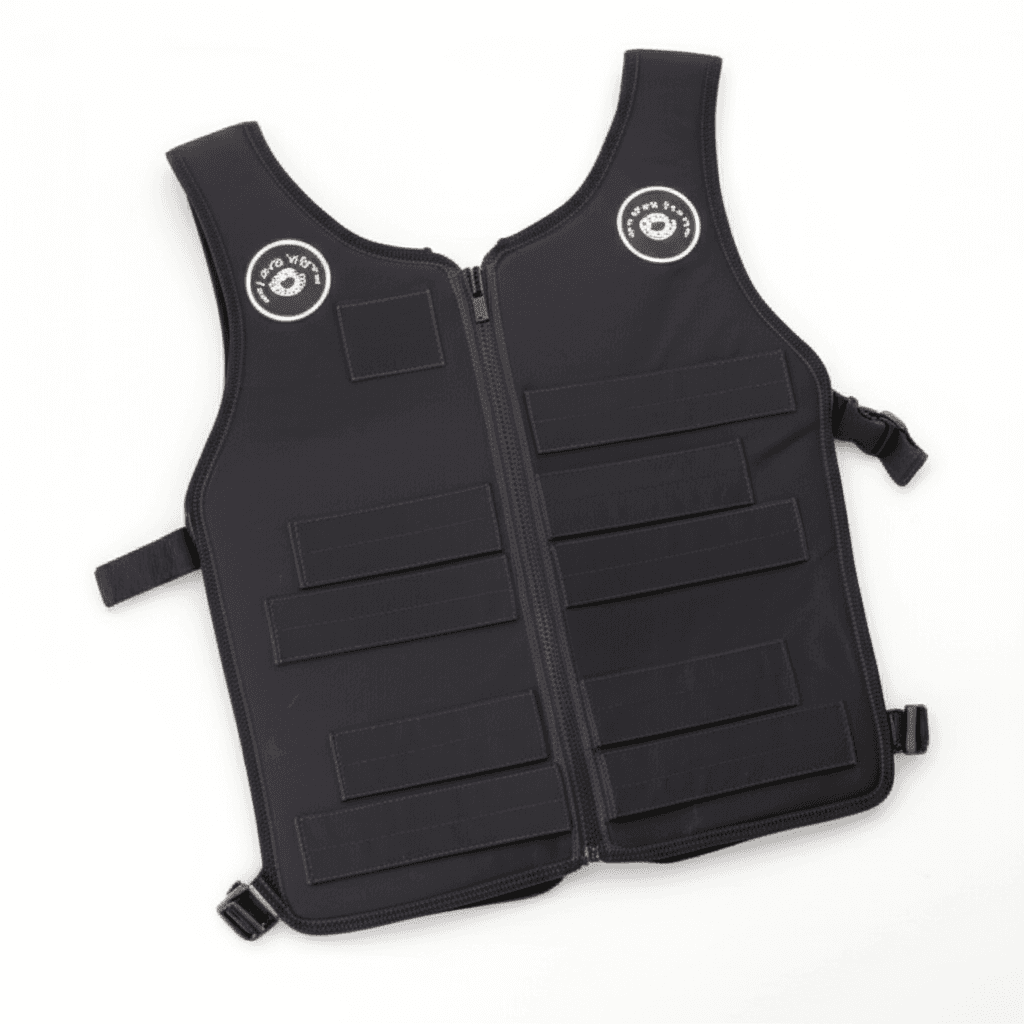
Understanding the Mechanism: How Weighted Vests Work
At its core, a weighted vest is a garment designed to distribute additional weight evenly across the torso, effectively increasing the wearer’s body weight. This added resistance forces the body to work harder during physical activities, whether it’s walking, running, or performing bodyweight exercises. The fundamental principle at play is “progressive overload,” a key driver for adaptations in muscles, bones, and the cardiovascular system. By making movements more challenging, the vest increases the physiological stress on the body, stimulating a greater response from the tissues.
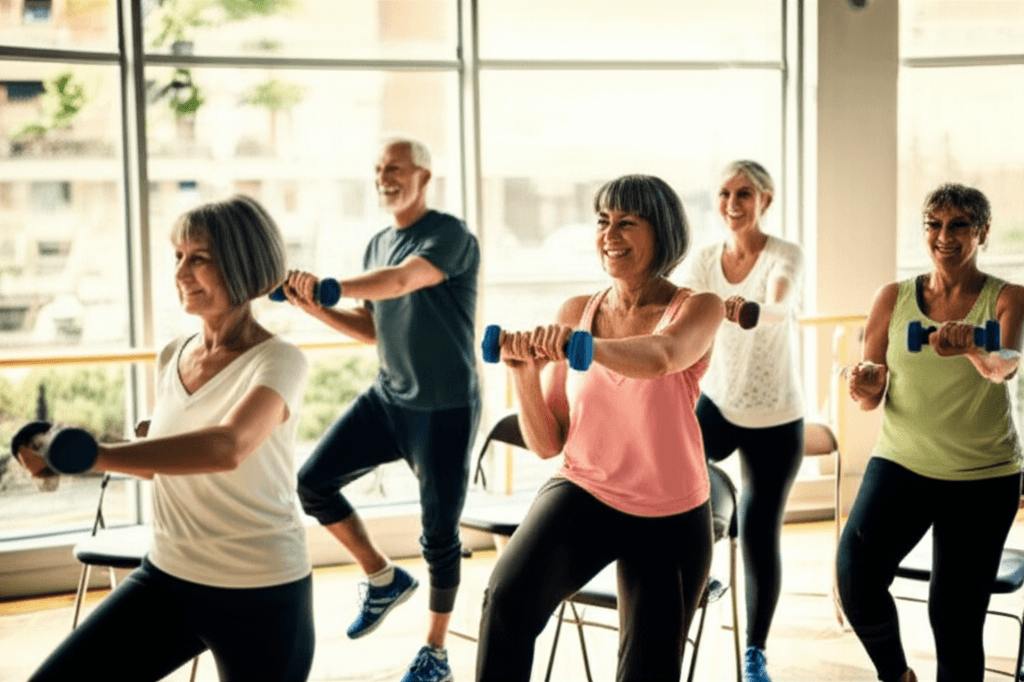
Strengthening Your Skeleton: The Bone Density Benefits
One of the most compelling benefits of weighted vests lies in their potential to enhance bone density, a critical factor in preventing conditions like osteoporosis, especially in older adults and postmenopausal women. Bones are dynamic tissues that respond to mechanical stress; when they are loaded or stressed, it stimulates bone-forming cells.
Wearing a weighted vest increases this mechanical load during weight-bearing activities, encouraging the bones to adapt and become stronger. Studies have shown that regular use of weighted vests, particularly when combined with exercises like walking, jumping, and strength training, can increase bone mineral density in areas such as the hips, spine, and legs. For example, a 2007 study on postmenopausal women observed a reduction in bone loss after just 12 weeks of exercise training with a weighted vest. Another study in 2015 found a significant increase in bone-mineral density among postmenopausal women with osteopenia who completed a six-month exercise program including weighted vests. Even during dietary weight loss, weighted vest use may help prevent loss of hip bone mineral density and increase bone formation in older adults with obesity.
However, the benefits for bone health depend more on the types of exercises performed while wearing the vest rather than the vest itself. Activities that involve impact and resistance, such as squats, deadlifts, presses, walking, running, and jumping, are most effective for stimulating bone growth with a weighted vest. Less beneficial are seated exercises that do not directly load the skeletal system.
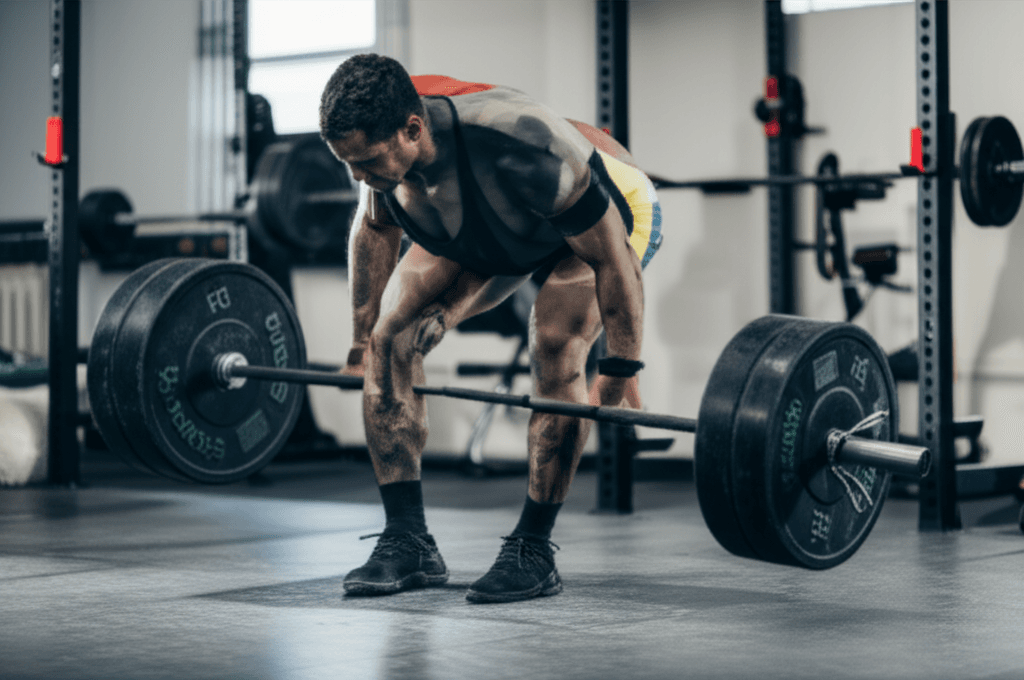
Building and Preserving Muscle: The Muscular Advantages
Weighted vests are also an effective tool for muscle development, increasing both strength and hypertrophy (muscle growth) by intensifying bodyweight exercises. Here’s how they contribute to muscular gains:
- Progressive Overload: Similar to lifting heavier weights, adding load with a vest makes bodyweight exercises like push-ups, pull-ups, squats, and lunges more difficult, forcing muscles to adapt and grow stronger.
- Increased Time Under Tension: The added weight makes each movement harder, keeping muscles under tension for longer periods, which is a key factor for muscle hypertrophy.
- Greater Core Activation: The extra load challenges the core muscles—abdominals, obliques, and lower back—to stabilize the body, leading to improved core strength.
- Enhanced Explosive Power: Training with a weighted vest during movements like box jumps or sprints can increase power output, contributing to better athletic performance and muscle development.
- Muscle Preservation During Weight Loss: In older adults undergoing weight loss, using a weighted vest has been shown to help prevent declines in leg muscle power and may mitigate the loss of muscle mass, which often accompanies reduced mechanical stress during caloric restriction.
While weighted walking can build muscle, it’s generally considered less efficient for significant hypertrophy compared to targeted resistance training, although it can enhance muscle endurance and engage various muscle groups, especially in the legs, core, and back.
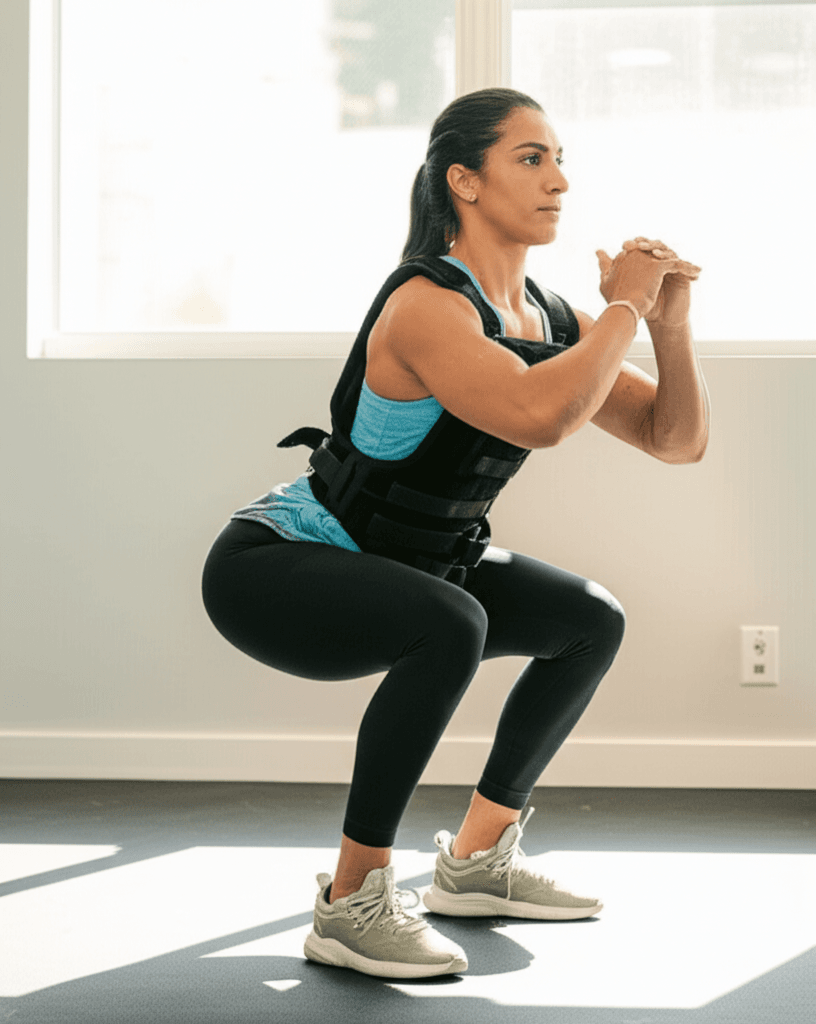
Proper Usage and Safety Considerations
To maximize benefits and minimize risks, proper usage of a weighted vest is paramount.
Choosing the Right Weight
Experts generally recommend starting with a vest that is 5-10% of your body weight, especially for beginners. This allows the body to gradually adapt to the added resistance. Over time, as strength improves, the weight can be incrementally increased. Using a vest that is too heavy initially can lead to poor form, increased risk of injury, and excessive fatigue.
Prioritizing Form and Exercise Selection
Maintaining proper form is crucial when exercising with a weighted vest, as the extra weight can alter natural movement patterns and throw off balance. Focus on foundational exercises that distribute the load safely, such as squats, lunges, push-ups, and pull-ups. While beneficial for bone density, high-impact activities like running or jumping with heavy loads can increase the risk of injury to joints (knees, ankles, hips), back, and shoulders, particularly if not introduced gradually. Controlled, low-impact movements are often safer starting points.
Listening to Your Body and Gradual Progression
Overuse or attempting too much too soon can lead to injuries like spinal disc compression, joint stress, tendonitis, or chronic back pain. It’s important to allow adequate rest and recovery time, especially for beginners. If you experience pain or unusual discomfort, reduce the weight or stop the exercise.
Who Should Exercise Caution?
Certain individuals should consult a healthcare professional before incorporating a weighted vest into their routine:
- Those with pre-existing injuries, chronic pain (especially in the neck or back), or conditions like degenerative disc disease, as the added stress can worsen these issues.
- Individuals with balance problems.
- People with heart or lung disease, as the vest increases the cardiovascular workload.
- Pregnant individuals, as the added strain and discomfort may not be advisable.
- Children and adolescents are generally not recommended to use weighted vests due to their developing bodies.
Conclusion: A Valuable Tool, Not a Miracle Cure
Weighted vests can indeed be a valuable addition to a fitness regimen for those looking to improve bone density and muscle strength. They work by applying the principle of progressive overload, stimulating both skeletal and muscular adaptations. Research supports their efficacy, particularly for populations at risk of bone loss and for enhancing the intensity of bodyweight training.
However, weighted vests are not a standalone miracle solution. Their effectiveness hinges on proper, safe, and progressive use, integrated with suitable exercises. Starting light, maintaining excellent form, and listening to your body’s signals are critical to harnessing their benefits while minimizing the risk of injury. For many, especially those with foundational fitness and no underlying conditions, a weighted vest can be an effective way to “supercharge a normal workout routine”.

